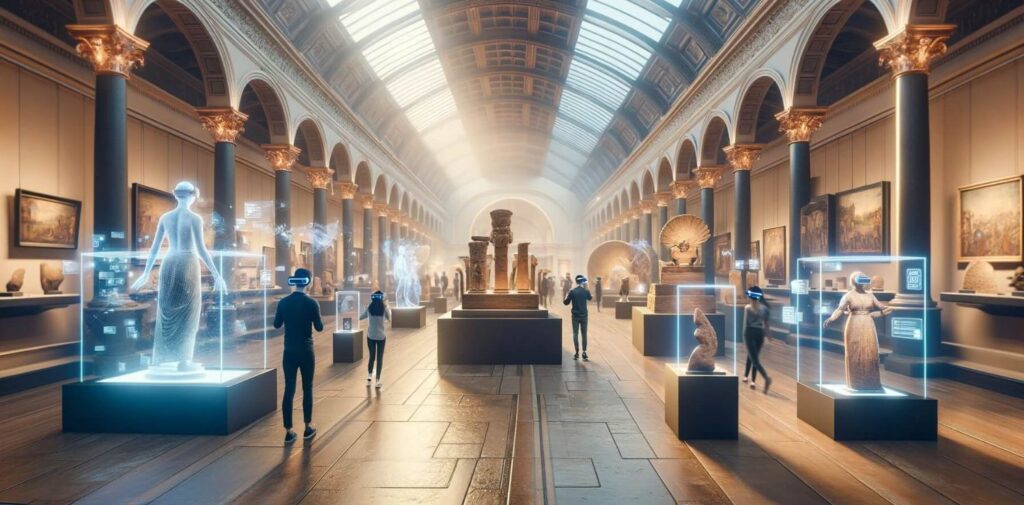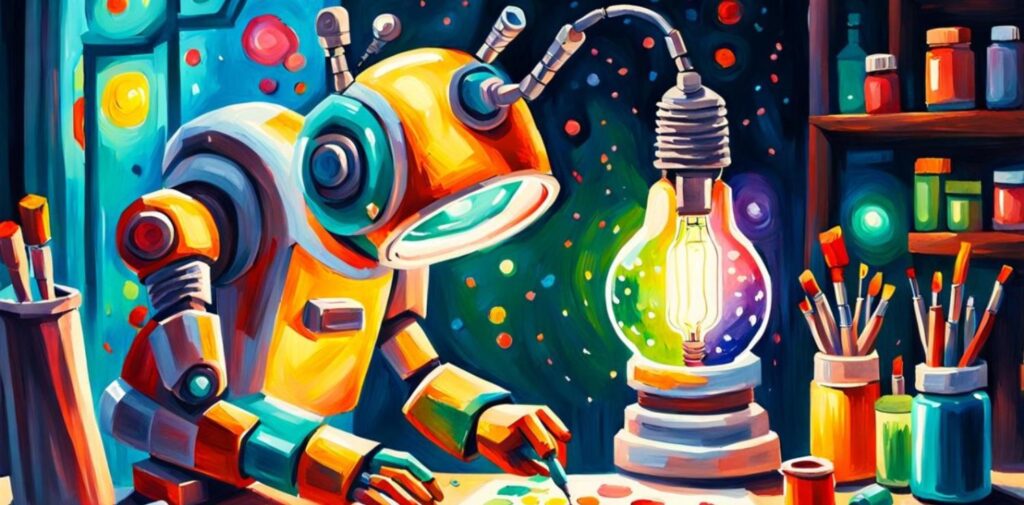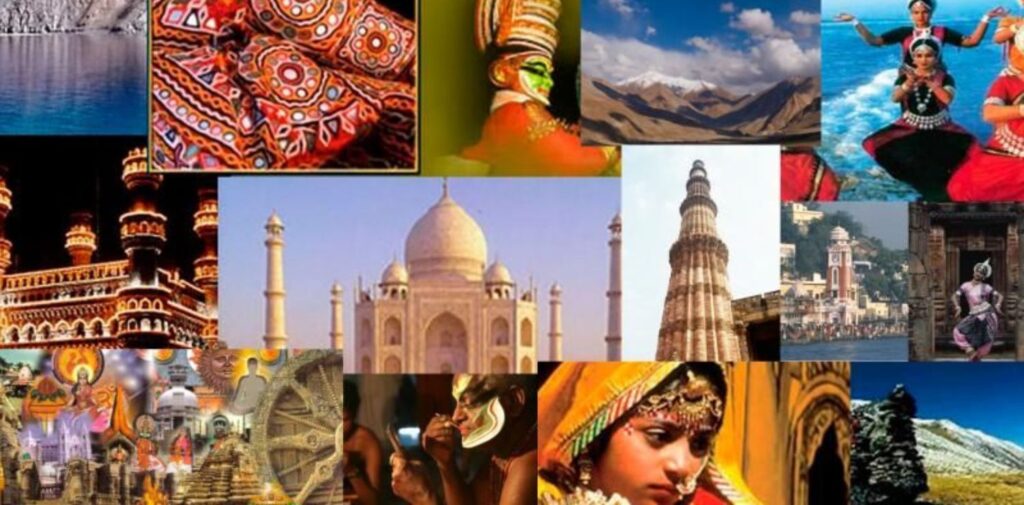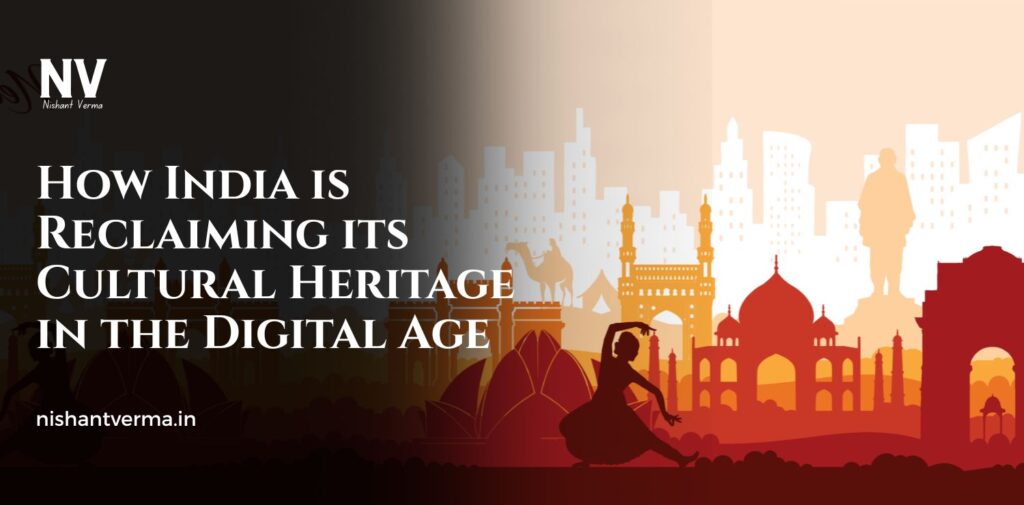India is a land with a rich and diverse cultural heritage that spans thousands of years. From ancient temples and intricate sculptures to classical music and dance forms, India’s heritage is both vast and deeply rooted in the nation’s history. However, in the face of rapid modernization and globalization, there has been a growing concern about the preservation and promotion of this cultural wealth. With the rise of digital technologies, India is finding new and innovative ways to reclaim, preserve, and share its cultural heritage with the world. This article explores how India is using the digital age to safeguard its traditions, connect with its past, and ensure that future generations remain connected to their roots.
Digital Platforms for Cultural Preservation
One of the most significant ways India is reclaiming its cultural heritage is through the use of digital platforms. In the past, the preservation of cultural heritage was limited to physical museums, libraries, and archives. However, with the advent of digital technology, these cultural treasures are being digitized and made accessible to a global audience.
The National Digital Library of India (NDLI) is a key initiative in this effort. It aims to provide access to digital resources related to India’s heritage, including historical texts, rare manuscripts, and ancient scriptures. Through such initiatives, millions of historical documents and manuscripts that were once at risk of being lost are now available to researchers, students, and anyone interested in India’s cultural legacy.
Similarly, the Digital India initiative, launched by the government, is playing an essential role in making the country’s cultural heritage more accessible to people worldwide. The initiative focuses on improving internet connectivity and promoting digital platforms where Indian art, literature, music, and dance can be preserved and shared. For example, digital archives now house ancient art forms and performances, which can be accessed by people across the globe. This initiative has been especially beneficial for remote areas where physical museums and libraries may not exist.

Virtual Museums and Digital Exhibitions
In recent years, India has embraced the concept of virtual museums and digital exhibitions, allowing people to experience the nation’s cultural history without leaving their homes. Virtual museums have become an exciting and accessible way to showcase India’s diverse heritage, from ancient artifacts to contemporary art.
The National Museum in New Delhi has launched virtual tours of its exhibits, allowing people from around the world to view ancient sculptures, paintings, and artifacts from India’s rich history. The Indian Museum in Kolkata has also embraced digital exhibitions, offering a glimpse of the country’s vast collection of historical items, including ancient manuscripts, fossils, and artworks. These digital exhibitions are particularly important as they allow anyone with an internet connection to experience India’s cultural history in an immersive and interactive way.
The government and various private organizations have also collaborated to create online platforms that provide access to the collections of multiple museums across India. These digital archives and exhibitions have made it possible for people to learn about India’s culture from the comfort of their own homes, thereby making cultural heritage more inclusive and accessible.
Digitizing Traditional Arts and Crafts
India is home to a wide variety of traditional arts and crafts, many of which are in danger of fading away due to a lack of preservation and changing lifestyles. However, the digital age is providing new opportunities to revive these art forms and ensure they are passed down to future generations.
Artists and craftsmen are now using digital tools to showcase their work to a global audience. Social media platforms like Instagram, Facebook, and YouTube have become essential tools for artisans to display their creations, tell their stories, and engage with customers worldwide. These platforms have made it easier for artisans from small towns and villages to reach global markets and find recognition for their unique skills.
Organizations like Crafts Council of India and Dastkar are using digital platforms to help artisans promote traditional crafts such as handlooms, pottery, and metalwork. These platforms also offer online marketplaces where customers can purchase handmade items, which provides an economic boost to artisans and ensures the continuation of these traditional skills. Digital platforms, therefore, are helping preserve and promote India’s rich handicraft traditions in a way that was never possible before.
Additionally, digitizing these arts and crafts has made it possible for people to learn about and engage with traditional practices. Websites, online tutorials, and workshops are helping the younger generation reconnect with these age-old skills, ensuring that these cultural practices are not forgotten.

Reconnecting with Ancient Knowledge through Digital Platforms
India’s ancient wisdom in fields such as Ayurveda, Yoga, and Vastu Shastra has gained global attention in recent years. These traditional practices, which have been passed down through generations, are being reintroduced in the digital age through a variety of platforms.
The rise of online yoga courses and wellness apps has made it possible for people across the world to learn about India’s ancient practices from certified teachers. Leading yoga institutions like The Art of Living and Isha Foundation have embraced the digital age by offering online classes, courses, and spiritual retreats. These platforms not only make it easy for people to practice yoga at home but also educate them about the deeper philosophical aspects of this ancient practice.
Similarly, Ayurveda, India’s traditional system of medicine, has found a place in the digital world. Numerous websites and mobile apps now offer information on Ayurvedic remedies, lifestyle changes, and health tips. These platforms are helping people around the world access ancient knowledge about natural healing and wellness, making it possible for India’s traditional healthcare system to reach a global audience.
Government and Institutional Support for Cultural Heritage
The Indian government has also recognized the importance of preserving cultural heritage in the digital age and has taken several steps to ensure that India’s traditions are not lost to history. The Ministry of Culture and various state governments are investing in digitizing ancient texts, manuscripts, and oral traditions. These initiatives are part of India’s efforts to reclaim its cultural heritage while making it accessible to future generations.
India’s efforts to preserve its cultural heritage digitally are not limited to tangible artifacts alone. The Indian National Trust for Art and Cultural Heritage (INTACH) has worked to document and digitally preserve the architectural and historical significance of monuments across the country. The Archaeological Survey of India (ASI) has also embraced technology by using 3D scanning and imaging to create digital replicas of important historical sites like the Taj Mahal and Qutub Minar. These digital replicas can be used for educational purposes and help people learn about these monuments without causing any harm to the originals.
Furthermore, India’s commitment to digital preservation is reflected in its collaboration with international organizations. India has partnered with UNESCO to protect and digitize cultural heritage sites and practices. This global cooperation ensures that India’s cultural heritage remains preserved for posterity.

Challenges and the Way Forward
While the digital age offers tremendous opportunities for reclaiming cultural heritage, there are several challenges that need to be addressed. One of the biggest obstacles is the digital divide that exists between urban and rural areas. Many remote regions still lack access to the internet, which limits the ability to share and preserve cultural knowledge digitally. Ensuring that these communities have access to digital resources is critical for making cultural preservation truly inclusive.
Moreover, the rapid pace of technological change raises questions about the long-term viability of digital preservation. Digital formats can become obsolete over time, and the risk of losing data due to technical failures or cyber-attacks is a growing concern. It is important for India to invest in long-term digital preservation strategies that ensure that its cultural heritage remains secure and accessible for future generations.
Conclusion: India is Reclaiming its Cultural Heritage
India’s efforts to reclaim its cultural heritage in the digital age are a testament to the country’s commitment to preserving its history, traditions, and knowledge for future generations. Digital platforms are enabling the country to safeguard its ancient wisdom, promote traditional arts and crafts, and make cultural treasures accessible to people worldwide. By embracing technology, India is not only preserving its past but also ensuring that future generations can connect with and appreciate the country’s rich cultural legacy. As the digital age continues to evolve, India’s role in cultural preservation will only grow stronger, and its heritage will continue to inspire and enrich the world.




